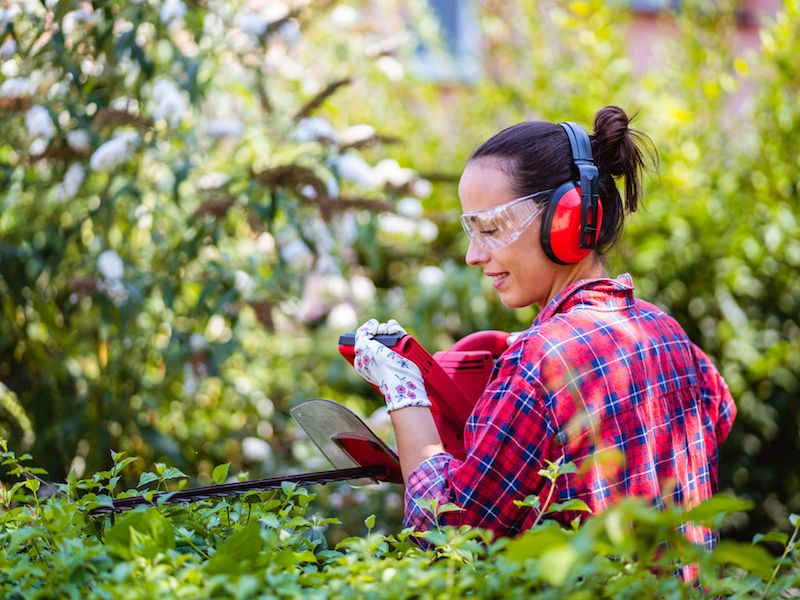
Eating right and safeguarding your hearing have some similarities. It sounds smart, but not many of us have a good concept of where to begin. This is especially true if you don’t consider your daily environment to be very noisy and there aren’t any obvious risks to your ears. But everyday life can stress your ears and your senses, so practicing these hearing protection techniques can help safeguard your auditory acuity.
The more you can do to slow down the impairment of your hearing, the longer you’ll be able to enjoy the sounds around you.
Tip 1: Hearing Protection You Can Wear
Using hearing protection is the most sensible and basic way to safeguard your ears. This means that reducing loud and damaging sound is a basic step you need to take.
For most people, this will mean utilizing ear protection when it’s needed. Two general forms of protection are available:
- Ear Plugs, which are put in the ear canal.
- Ear Muffs, which are placed over the ears.
Neither form of hearing protection is inherently better than the other. Each type has its advantages. Your choice of hearing protection should, most notably, feel comfortable.
Tip 2: Know When Sound Gets Dangerous
But
The following threshold is when sound becomes hazardous:
- 95-100 dB: This is the normal volume of your earbuds or the level of farm equipment. After around 15-20 minutes this level of sound becomes dangerous.
- Over 100 dB: In this situation, you can injure your hearing very rapidly. Anything over this threshold can injure your hearing in minutes or seconds. Rock concerts and jet engines, for instance, can damage your hearing in around thirty seconds.
- 85 decibels (dB): After about two hours this level of sound is harmful.This is the level of sound you’d expect from a busy city street or your hairdryer.
Tip 3: Use Your Phone as a Sound Meter
Now that we have a basic concept of what volume of noise could be hazardous, we can take some steps to ensure we minimize our exposure. The trick is that, once you’re out in the real world, it can be hard to gauge what’s loud and what isn’t.
That’s where your smartphone can become a handy little tool. Sound meter apps exist for every type of smartphone.
In order to get an understanding of what hazardous levels of noise really sound like, use your sound meter to confirm the decibel level of everything you are hearing.
Tip 4: Monitor Your Volume Settings
A smartphone with earbuds is normally the way people listen to music these days. This creates a risky situation for your hearing. Your hearing can be significantly harmed if you set your earbuds to high over a long period of time.
That’s why safeguarding your hearing means keeping a sharp eye on your volume management. In order to drown out noises somewhere else, you should not increase the sound level. in order to make sure that volume doesn’t get too loud, we recommend using volume settings or app settings.
Earbud use can become a negative feedback loop if your hearing begins to decline; in order to compensate for your faltering hearing, you could find yourself constantly rising the volume of your earbuds, and in the process doing more harm to your ears.
Tip 5: Get Your Hearing Examined
You may think of a hearing test as something you get when your hearing has already begun to decline. The issue is that it’s not always easy to detect a problem in your ears without a baseline to compare results to.
Scheduling a hearing screening or exam is a good way to obtain data that can be used for both treatment and analytic purposes, ensuring that all of your future hearing (and hearing protection) decisions have some added context and information.
Pay Attention to Your Hearing
It would be perfect if you could always safeguard your hearing without any hassles. But challenges are always going to be there. So safeguard your ears whenever you can, as often as possible. Also, get regular hearing examinations. Put these suggestions into practice to improve your chances.
